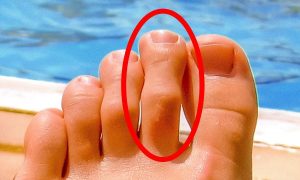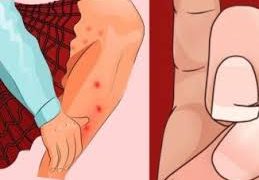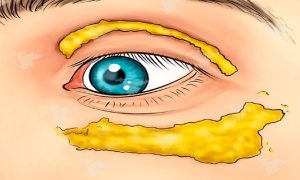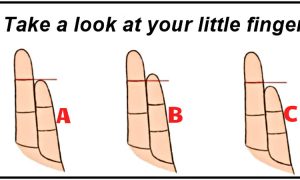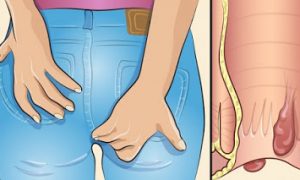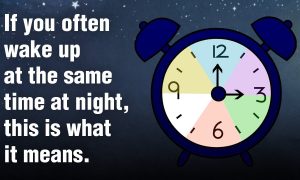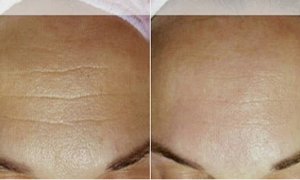Cardiovascular disease causes 17.5 million deaths worldwide annually, and it is estimated that by 2030, 23 million deaths will be caused.
World Heart Day, marked annually on September 29, expands awareness of cardiovascular diseases and highlights what we can take to prevent or treat them. According to the World Health Organization (WHO), cardiovascular diseases are the leading cause of mortality in the world. Globally, 17,500,000 people die annually of cardiovascular diseases, such as heart attack and blood vessels and stroke.
The heart is a muscle that pumps each organ with the required amount of blood. The human body can not survive without the work of the heart. It takes about 7 minutes for the body to die when the heart stops pumping blood, and heart disease is one of the most common causes of death.
Pay attention to these symptoms to reveal that your heart is not working normally:
Pain that spreads trough hand
Many men experience pain in their left hand, while women can feel the same pain in the left, right, or both hands simultaneously. Some women said that they had unusual anxiety pain before they had a heart attack. This is because heart pain travels through the spinal cord, which has many nerves, and the brain becomes confused and thinks that your hand really hurts as it is not the case.
Cough does not stop
Coughing may be caused by various health problems, and may be a sign of cardiovascular disease. Continuous coughing that creates a pink blood-containing liquid is common in patients with cardiac insufficiency.
Swollen feet, ankles and feet
While swelling of the legs, may be the result of many things, it can also be caused by problems with the valves of the heart. Fluid accumulation is a common symptom of congestive heart failure. It comes as a result of reduced heartbeat and reduced ability to heart pump blood into peripheral organs. Time to go to the doctor when the swelling does not go and is increasingly expanding.
Lack of appetite and nausea
Many patients suffering from heart disease feel a lack of appetite or nausea. Nausea occurs even if a person takes only a few bites. The reason for this is the formation of fluid around the liver and intestine. Symptoms are light heartbeat to severe nausea and cramps, and are most common in people older than 60 years. If pain does not go, go to your doctor.
Extreme and unusual levels of anxiety
Several studies have shown that people who suffer from extreme anxiety are prone to heart disease. Anxiety can be caused by an extremely stressful lifestyle or various disorders. Some of the effects of anxiety on the heart include tachycardia, high blood pressure and decreased heart rate.
Unconsciousness
The unconsciousness is the result of a fall in blood pressure, which can come from a variety of causes. But it can also be an indicator of more serious problems. From a valve disorder that does not allow proper blood flow, too slow or too fast a heartbeat or narrowed aorta. If unconsciousness often happens, do not ignore it.
The skin becomes pale or takes on a bluish color
This is not one of the most common symptoms, but when it occurs, it is due to a decrease in blood flow or a reduced number of red blood cells and it may be a sign that your heart does not pump blood properly. The main reason for this symptom is shock, and the paleness can appear throughout the body or in a certain part of the body. However, if you notice a pallor, do not panic. This skin is a sign of something completely different, like anemia.
Rash or unusual dots
Two separate studies have shown that eczema and high risk factors for cardiovascular disease are related. Eczema patients had a 48 percent higher chance of getting high blood pressure and a 29 percent higher chance of getting high cholesterol.
Five simple things you can do to make your heart healthy and happy
Be more active: engage regular exercise in everyday routine. The WHO recommendation is at least 30 minutes of regular physical activity each day to maintain cardiovascular fitness. And light exercise is enough, and even an hour of walking. Go to work by foot or by bike and you and your heart will be healthier and happier
Eat healthier: increase the input of fruits and vegetables, whole grains, low-fat meat, fish and legumes, and limit the intake of salt, sugar and fat
Say no to smoking: quitting smoking is the best thing you can do for cardiovascular health. The risk of cardiac heart disease is significantly reduced within two years of stopping smoking, and within five years, the risk of cardiovascular disease is the same as for non-smokers
Find out what the heart attack symptoms are: over 70% of all emergency heart and stroke cases occur at home when a family member is present and can help
Follow your body: control blood pressure, cholesterol, blood sugar and body mass index (BMI), which are the main risk factors for the occurrence of cardiovascular disease
Cardiovascular disease today is the world’s leading cause of death, however, by introducing several small changes to our lives, we can prevent or reduce the risk of cardiovascular disease and stroke, as well as improve our quality of life.



